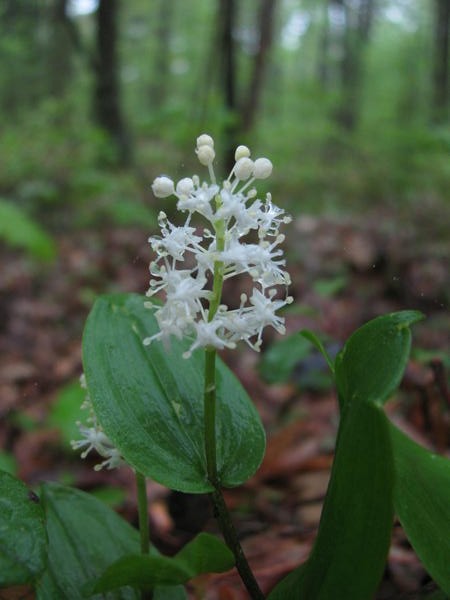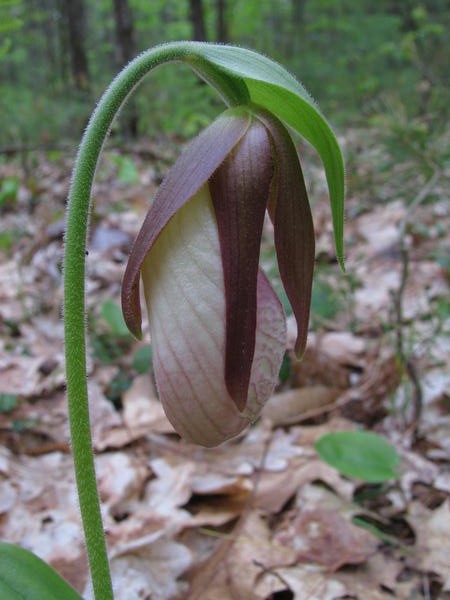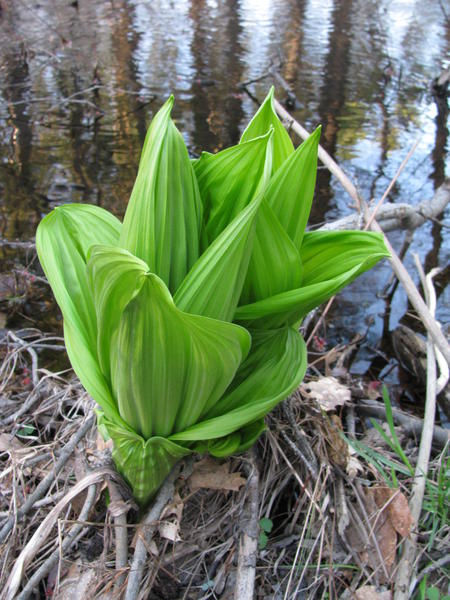Today, the Pathfinders met in a shopping center parking lot in Concord to assemble for our first Memorial Day parade. We fell in behind the Rundlet Middle School band, and I was pretty impressed by them. They were about a hundred strong, and they played very well. Their director stopped and said “Hi” to us before the parade started. He told us to be ready for a car to pull in behind the band. That was their water car. He offered to give us water if we needed it, and for that I was thankful. This being the first time I have ever been in charge of a group marching in a parade, I didn’t even think of that.
I was in band during my last year of high school and during my sophomore and junior years at Murray State. I have marched in far more parades than I have watched from the sidelines. But again, this was the first time I was in charge of the group with whom I marched, and that definitely offers a different perspective.
Cheryl, the director who preceded me came out for the parade too. She served as our drill instructor last year. David has been doing that this year, but he was sick today. As we set out, I called “column left march” when I meant “column right march.” Oops! Cheryl offered to call the commands, and I immediately and gratefully accepted her offer.
She did ask me when she should call “eyes right” which is when everyone except the rightmost column looks to the right while the director salutes. I told her I’d like to do it as much as we could. It is usually reserved for the reviewing stand, but I didn’t know if there would be one (and there wasn’t). Instead, she called “eyes right” every time we passed a veteran. They were easy to spot because they were wearing VFW hats (or similar), and they would remove them and salute the US Flag we were carrying. “Eyes right!” Both Cheryl and I would thank them for their service. It left a lump in my throat to think of what those guys had done for us.
The parade took about an hour, but it seemed like it was a lot shorter than that. I had enough flags so that about half the kids were carrying one. So I had them switch halfway through so they wouldn’t get too tired, and so that everyone would have a chance to carry one.
We had a new banner (thank you Darlene!) that two kids would carry, a US, Pathfinder, and NH State flag, plus four guidons. That’s nine flags, and ten of the kids showed up (the one flagless kid and the guidons carriers swapped with the banner and big flag carriers).
In no time, we arrived at the capitol and Rundlet started loading their instruments on their buses. Our group walked back to the shopping center, and that was pretty much it. Joy asked me if I could assemble the kids (she had some cookies she had baked for the Baking honor). So I did and I told them how proud I was of them, and that they looked fantastic. Then I turned them over to Joy. She had a surprise for me – a dozen cookies! She also had a batch of brownies for the rest of the club. I was totally not expecting that. 🙂
When I got home, Jonathan was outside mowing the front lawn. Usually he and David each mow half the yard, but with David under the weather, and since the parade didn’t even come close to wearing me out, I took David’s turn. I mowed more than the boys generally do, including my paths through the woods, the edge of the driveway, and some “wild” spots here and there. Plus the yard.
Then I went in for a bit of rest, but Penny wouldn’t have any of that. She wanted to play (and the mower terrifies her). So I took her for a walk down to Sandogardy Pond. And I took my resurrected camera with me.
Here’s some of what I saw (and I can’t tell you how glad I am to be able to share photos with you again).

False Solomon’s Seal (Maianthemum racemosa) with a visitor
This was in my east woods along the freshly mown trail to the frog pond.

False Solomon’s Seal (M. racemosa) sans visitor
This one was slightly more lonely.

Lily of the Valley (Convallaria majalis)
The last time I went by this one, the light was failing and I didn’t have an operational tripod setup. This time the light was better and my tripod mount was fixed. It is a better result.

Indian cucumber root (Medeola virginiana)
My camera was out of commission when I first noticed this was in bloom on Saturday. It was nice to be able to capture it today.

Blue-bead (or corn) lily (Clintonia borealis)
The blue-bead lily, aka corn lily, aka
Clintonia borealis is too far along now for nibbling on the cuke-flavored leaves. But the flowers sure look nice.

A Quartet of Pink ladies slippers (Cypripedium acuale)
I saw these four ladies slippers Saturday too, but couldn’t share them with you until today. Penny patiently waited for me to finish taking their portrait so I could throw her a stick.

The path through the logged field
This used to be a forest with a trail through it until the owner logged it. That broke my heart, especially since the loggers left such a mess behind. It’s hard to walk over all the sticks they left strewn everywhere, but I can’t really complain since it’s neither my property nor the public’s. As you can see, the forest is trying to re-establish itself again (and coming along nicely).

Star flower (Trientalis borealis)
Most of the star flowers are finished now. I was surprised to see this one still looking so good. It’s probably the last one I will photograph until next spring.

Poison ivy blossoms (Toxicodendron radicans)
Here’s one you don’t often see – poison ivy (Toxicodendron radicans) blossoms. I didn’t get too close, as I am most decidedly allergic to them.
Thanks for stopping by!
























































